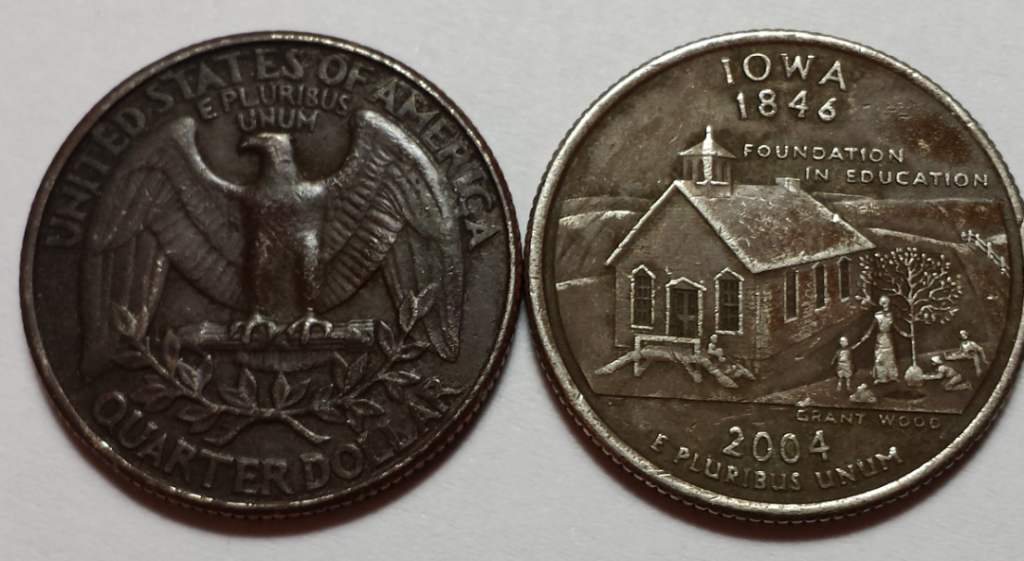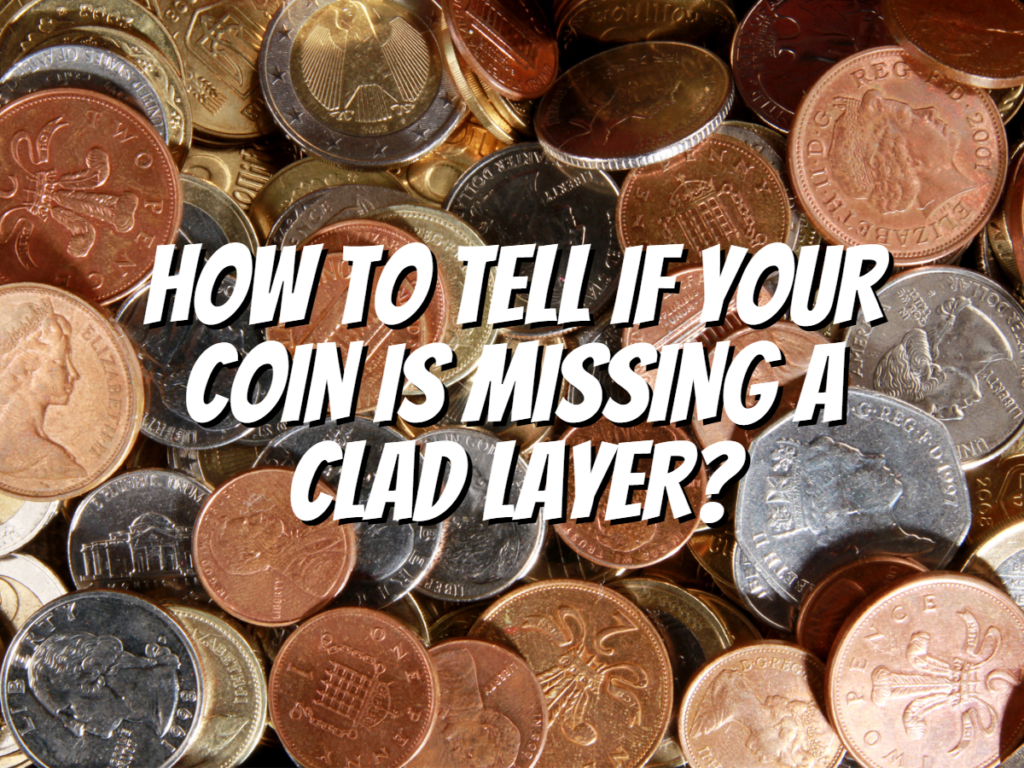How to tell if your coin is missing a clad layer? Coin collecting is a popular hobby that can be fun, educational, and rewarding.
But if you’re new to coin collecting, you might need to know if your coin is missing a clad layer. Luckily for us, there is an easy way to find out!
How to Tell if Your Coin is Missing a Clad Layer?
A coin missing a clad layer is one of the errors that can happen to a coin. It’s an obvious error that can be distinguished easily.
Almost all of the coins produced by the U.S. Mint are usually made with copper-nickel metal composition, so the coins may appear copper in color. As a result, it may appear to have a darker brown or orange color or sometimes somewhere between.
You can also spot some areas in brownish color or a strip of silver color when a part of a clad layer is missing. In addition, if the coin’s core is exposed, you can spot a small step between the exposed area and the outer layer of the clad.
Lastly, coins with a missing clad layer tend to be thinner than regular ones.
Why are Some Coins Missing Clad Layers?

Coins that have missing clad layers are usually errors in manufacturing or chemical impurities in the bonding process of the coin.
Coins are created from different metals bonded together to form a multi-layered coin, but when impurities get in the way of the bonding process, it creates impurities that can affect the clad layer of the coin.
Coins can split from their copper core, exposing it. Also, in the manufacturing process of clad coins, errors can affect the clad layers.
For example, if an outer metal strip needs to be wider to overlap its core, only a part of the coin will be cladded.
Is it Worth it to Collect?
So the question is, is it worth it to collect? Collectors enjoy collecting these coins due to their rarity and value.
Some error coins, especially the 50-State Quarter Series, are very popular with collectors. However, several factors can affect their value, like how much-clad layer is absent and which side is affected.
Examples of Clad Coins Missing Clad Layers
The following are examples of coins that are missing a clad layer:
1965 10C Roosevelt Dime

The 1965 10C Roosevelt Dime is missing a clad layer on the obverse side that gave it an orange-rose color, while the reverse has a normal appearance.
2004-D Iowa Quarter

The 2004-D Iowa Quarter is also one example of a coin missing a clad layer. In this coin, the statehood side of the coin is cherry red. While its reverse displays a light-gold toning on its surface. This is also one of the examples that collectors seek.
1971-D Eisenhower Dollar

The 1971-D Eisenhower Dollar is considered a rare clad error because this type of error usually occurs in Washington quarters. The obverse side of this coin has a reddish copper appearance, and the reverse side is unitoned. Therefore, both sides of the coin must be fully brought up around the peripheries.
1976-D Eisenhower Dollars

An exciting and rare coin error contains three partial coins, each missing a part of the clad layer.
The first coin has a copper-nickel obverse and copper-tinted reverse.
The second coin is copper throughout, missing the nickel layer of the coin.
And the third coin has an ill-defined copper obverse with no trace of the copper-nickel bond.
Before you go…
Don’t let the lack of a clad layer keep you from collecting. As long as your coin is in good condition, it’s worth holding onto!
Check out my next article: “Does Silver Coin Rust or Tarnish? What You Need to Know.”
Related Articles:

